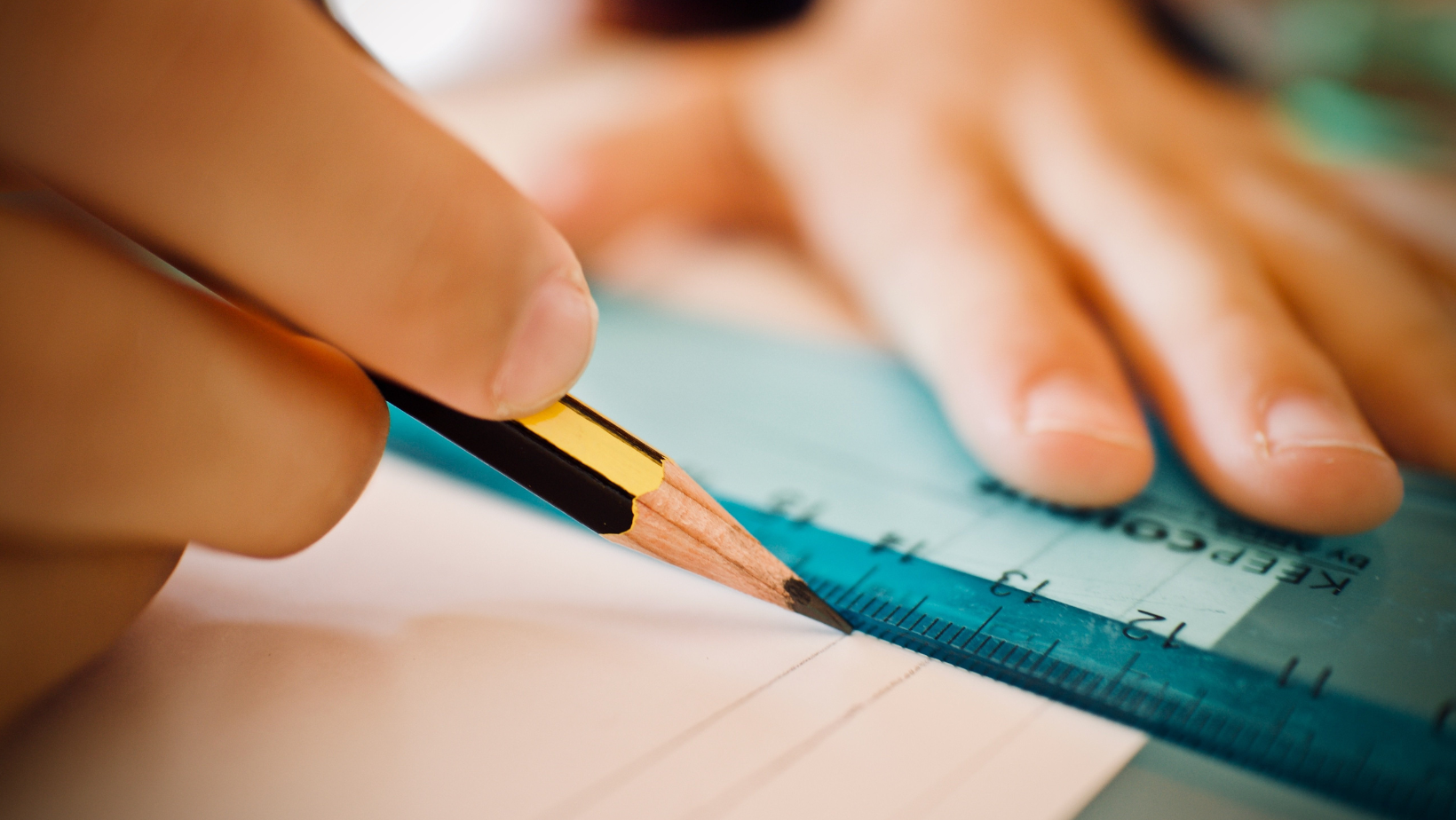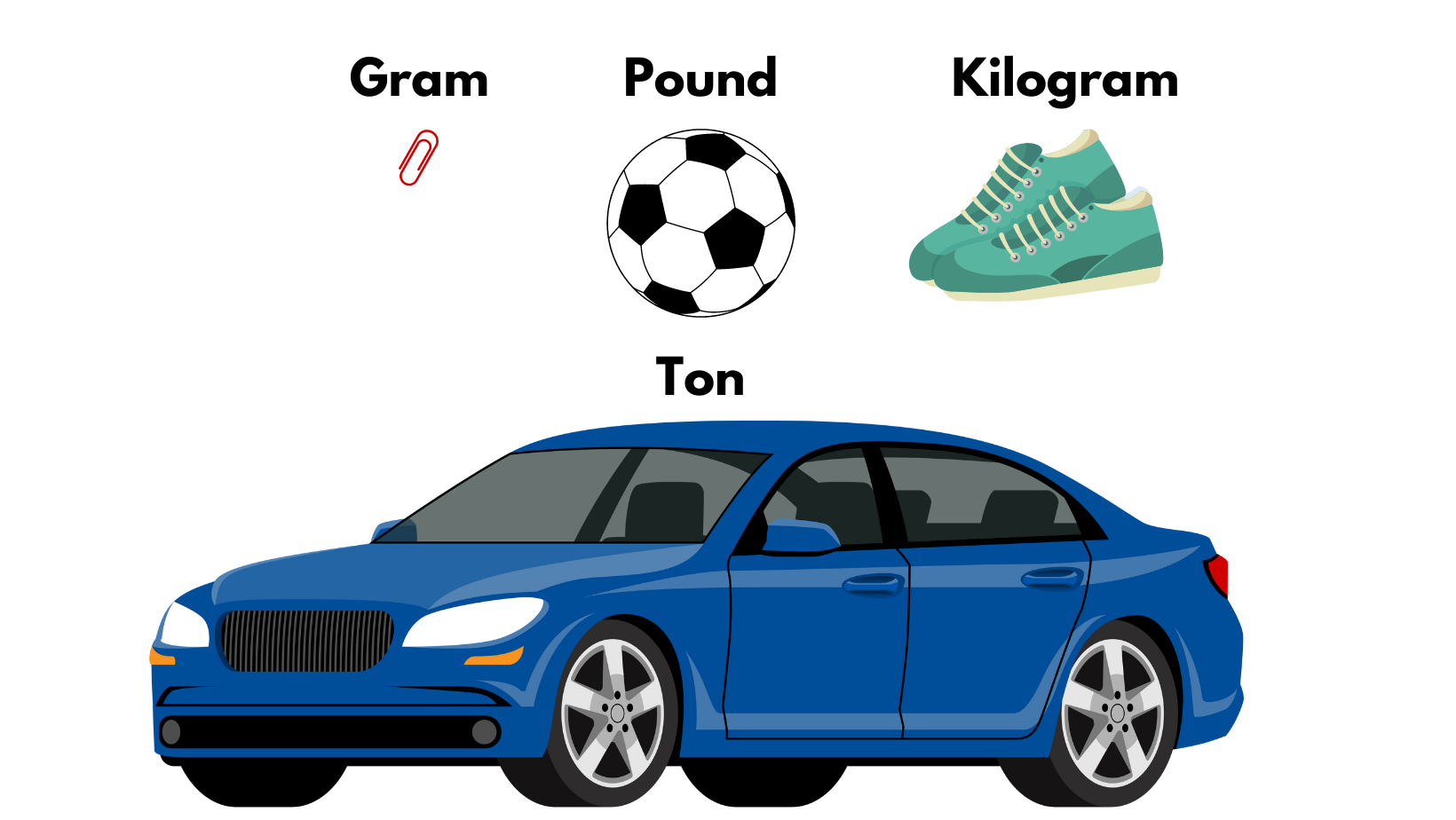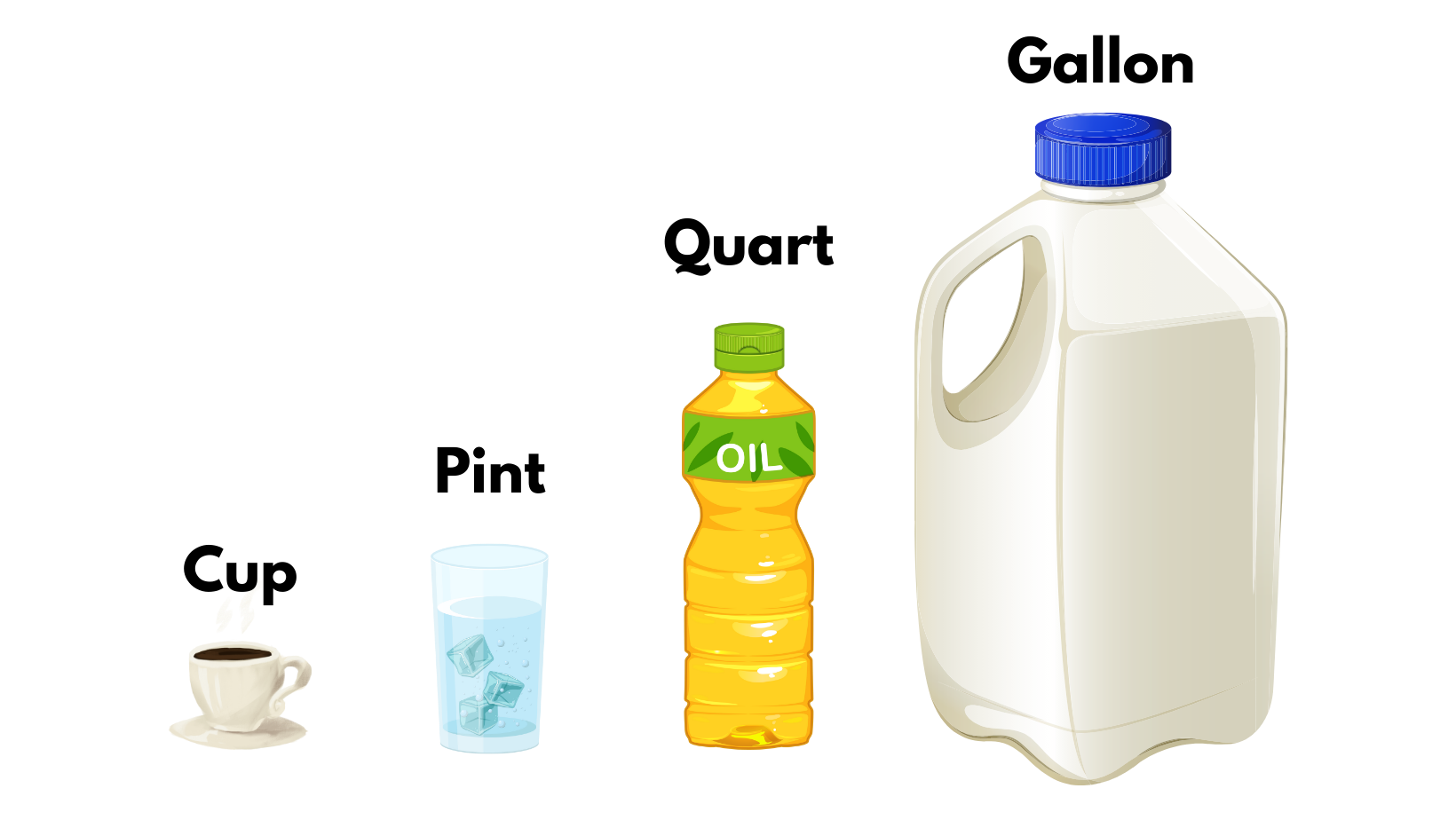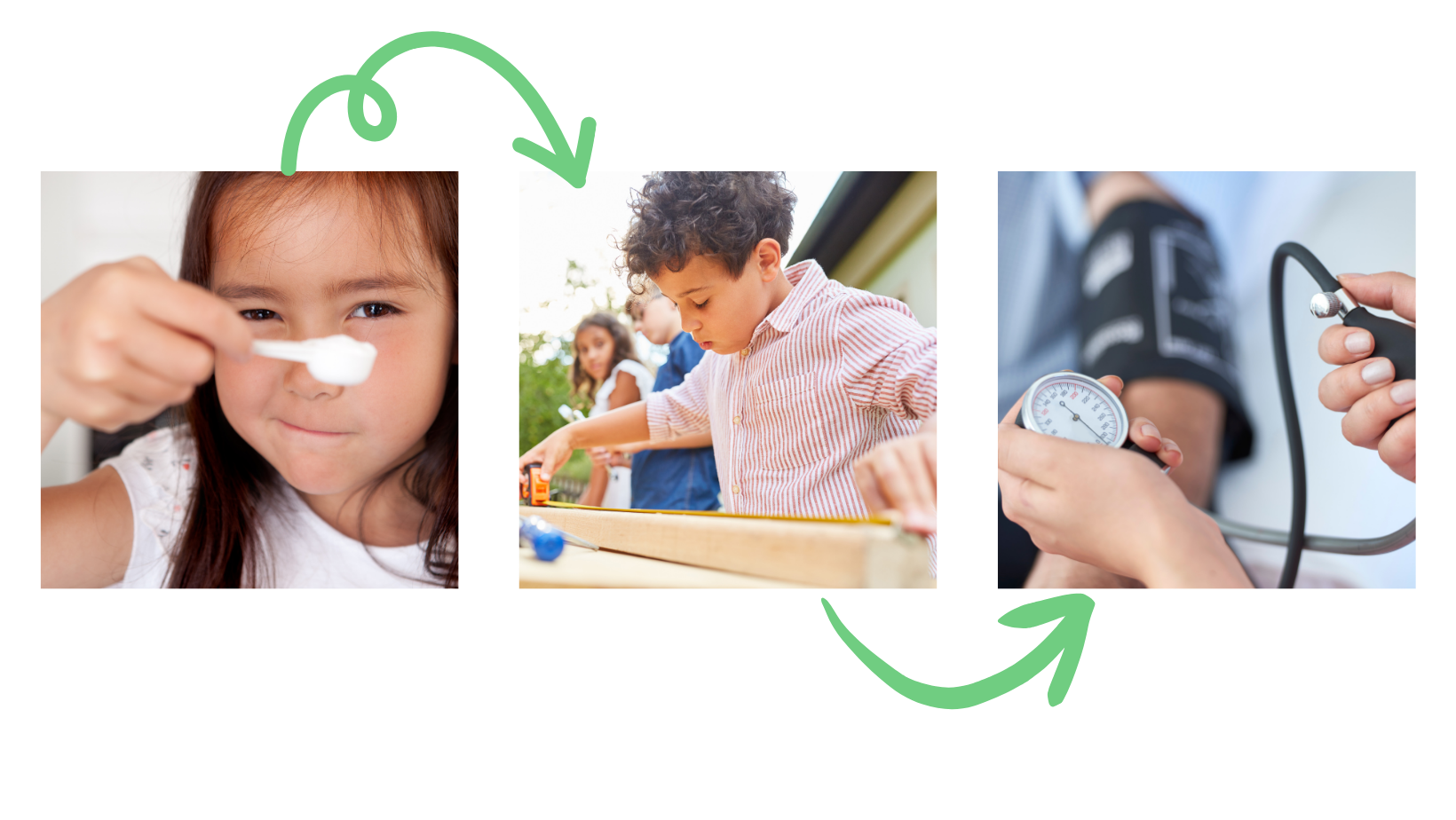Insights
Measurement Made Easy: Tips for Teaching Length, Weight, and Volume
Measurement is a practical math skill for students to learn as length, weight, volume, etc. are used frequently throughout everyday life. Some uses are more abstract to elementary students (like how many miles the earth is from the sun, how many gallons it takes to fill an Olympic swimming pool, how much a cruise ship weighs, etc). However, many examples can easily resonate with them (like how much their book bag weighs, how tall they measured at their last doctor’s visit, the difference in how much drink their two favorite water bottles can hold, etc).
According to Lesson Research, “When discussing teaching and learning of measurement, we need to keep in mind there are three different (yet clearly related) aspects that students must learn.” They are:
- Understanding the attribute being measured (e.g. what is length?)
- Understanding the process of measurement (e.g. how do you describe how long something is?)
- Learning how to use measuring instruments (e.g. how do you use a ruler?)

Here are some tips for teaching about length, weight, and volume:
- Teach measurement concepts and vocabulary with benchmarks. Though the following are not precise measurements, they can be helpful to understand the magnitude of various measurements.
- Length examples:
- One Centimeter: width of your pinky finger
- One Inch: length from the tip of your thumb to your first knuckle
- One Foot: length from your elbow to your fingertips
- One Yard: length from wrist to wrist when your arms are spread apart
- One Meter: length from fingertips to fingertips when your arms are spread apart
- Weight examples:
- One Gram: the weight of a small paper clip
- One Pound: the weight of a soccer ball
- One Kilogram: the weight of a pair of women’s sneakers
- One Ton: the weight of a small car

- Volume examples:
- One Cup: the amount a coffee cup holds
- One Pint: the amount two coffee cups hold or one tall glass of water
- One Quart: the amount in a quart of oil
- One Gallon: the amount in a gallon of milk

- Use hands-on activities that explore various measurement tools and amounts.
- Compare and order objects from least to greatest. This can be done for measurements of length, weight, and volume.
- Incorporate literature that focuses on measurement:
- How Big is a Foot? by Rolf Myller
- How Long or How Wide: A Measuring Guide by Brian P. Cleary
- How Long is a Whale? by Alison Limentani
- A Pig is Big by Douglas Florian
- Measuring Penny by Loreen Leedy
- Room for Ripley by Stuart J. Murphy
- On the Scale, a Weighty Tale by Brian P. Cleary
- Mr. Archimede’s Bath by Pamela Allen
- A Beach for Albert by Eleanor May
- How Much Does It Hold by Brian Sargent
- Fannie in the Kitchen by Deborah Hopkinson
- For more books, click here.
- Measure real-world objects such as the volume of food and drink containers, the height of the classroom ceiling, or the weight of various classroom items.
- Discuss which measurement tools would be used to measure which types of objects. For example, if measuring the length of the playground, would a ruler or trundle wheel be used? If measuring the volume of the water needed to fill a bathtub, would a cup or gallon be used? Would you use a normal bathroom scale to measure the weight of a car?
- Provide opportunities for students to practice measuring various objects, distances, and amounts. These could be included in lessons or through center-style activities.

- Go on a measurement scavenger hunt within the classroom, school, or as a way to explore at home.
- In the classroom, they could measure the length and/or weight of their desk, your teacher desk, the door, windows, bookshelves, textbooks, pencils, markers, crayons, their shoes, their bookbag, etc.
- Around the school they could measure the length, weight, and/or volume of the hallway, the principal’s desk, a school statue or mural, playground equipment, cafeteria trays, their drink at lunch, sports equipment, art supplies, etc.
- At home they could measure the length, weight, and/or volume of various groceries, their kitchen table, bed, couch, back yard or porch, pets, bathroom sink, stairs, parents’ cars, etc.
- Following a recipe to make a yummy snack is a great way for students to learn about measuring volume. If you don’t have access for them to bake the snack, make a no-bake treat like trail mix, edible sand with pudding and vanilla wafers, edible dirt with pudding and oreos, or ice cream in a bag.

- Build simple projects using inexpensive supplies such as popsicle sticks, straws, or sheets of foam. These could be created individually, with partners, in small groups, or as a class. The instructions could require students to make the project a certain length and/or weight or to cut the supplies to a certain length to create their own design. Students could also bring in recycled products to measure and create projects.
- Reinforce learning through games and other activities like these:
Students need to learn about both standard and non-standard units and tools of measurement. For example, younger elementary students often describe objects as big, small, long, short, heavy, light, etc. Older students should be able to provide an exact measurement of those objects. Click here for more info on standard and non-standard units and related activities.
Here are some examples of standard and non-standard tools to use in your classroom:
For length:
- Standard tools: ruler, yardstick, meter stick, measuring tape, string, trundle wheel
- Non-standard tools: paper clips, straws, snap cubes
For weight:
- Standard tools: pan balance scale, bucket scale, bathroom scale, hexagram weights
- Non-standard tools: blocks, rocks, paper clips, base-ten blocks, snap cubes
For volume:
- Standard tools: measuring cups, gallon, quart, and pint milk or juice jugs, graduated cylinders
- Non-standard tools: restaurant to-go containers, student water bottles, ziplocks, sand buckets
The Think Tanks from ORIGO are a great supplemental resource to use as you teach about measurement. They can help your students practice problem-solving and measurement concepts and skills.




